Revive Your Tarnished Silver
The unmistakable look and unparalleled utility of cast iron make it a mainstay in most southern kitchens. Some would go as far as to say that the culinary skill of any southern cook is measured by their prowess with it. The cold black metal is used to create some of the most delicious meals known to man but at a high cost. Cast iron rusts very easily and takes a lot of time and care to keep in proper shape. For some this process of washing, drying, and seasoning is a labor of love, for others, it is an unavoidable nuisance. Those who don’t follow this necessary routine will be left with an unusable, rusted pan that normally finds itself buried in the garage or in the trash. I use this example in an article about tarnished silver because rust is more familiar to most than the concept of tarnishing. When the holidays roll around, most of us are sifting through our fine china or digging deep into our jewelry boxes for something that is sure to impress. During this journey, we almost always find some lost forgotten silver that has an ugly dark tint. Similar to the neglected cast iron, it gets disregarded as a lost cause to spend an eternity in the void. I am here to tell you that you can restore the shine of these items with some homemade tricks and a bit of elbow grease. Similar to rusting, “tarnish” as it is called, is the product of a chemical reaction between the silver and its natural surroundings. Air is to silver what water is to iron. Well, more specifically sulfur compounds in the air. When silver is left unattended, the sulfur and the silver will come together and form something called silver-sulfide. In its purest form, this compound is black. This color distortion causes a normally sparkling silver to be reduced to bronze and black mess. Fortunately, there are remedies to bring your forgotten silver back to life.
Some boxed-up and forgotten silver might have severe tarnish. These coins, utensils, are pieces of jewelry that might have not been cared for in decades. Even though they may have been shielded from most of the elements, it is still natural for them to tarnish. When dealing with silver-lined items, we would warn you against using abrasive polishes. Some tarnish-removing products will remove the discoloration, but at a cost to your silver. These products strip the silver sulfide along with some of the precious metal from your item. The best way to avoid this is to actually reverse the tarnishing reaction itself. For these more severe cases, where the silver is dark orange or even black, use the following procedure to restore your treasures to their former glory. While this process is very effective, it is not perfect. Valuable pieces are made with sterling or antique silver and certain coins should not go through this process in order to retain the quality of the silver. This process is best for items that are layered with silver, or items that mean more to you cosmetically than financially.
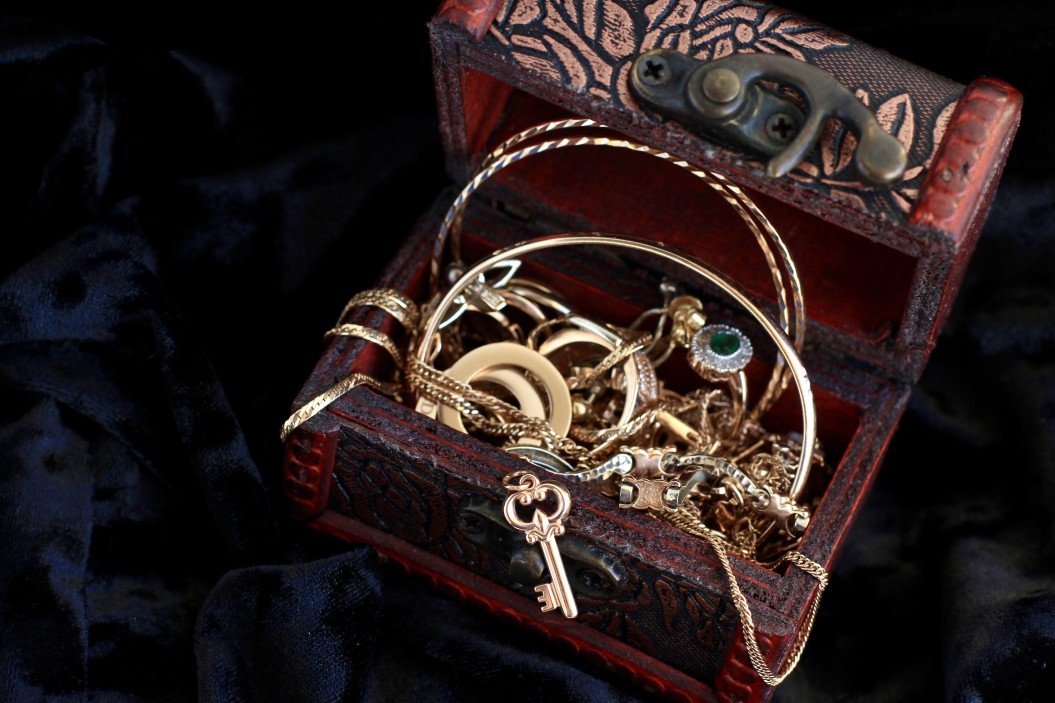
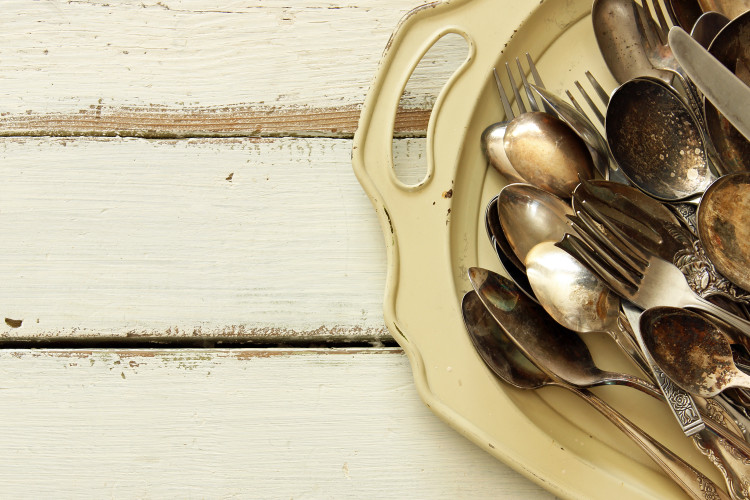
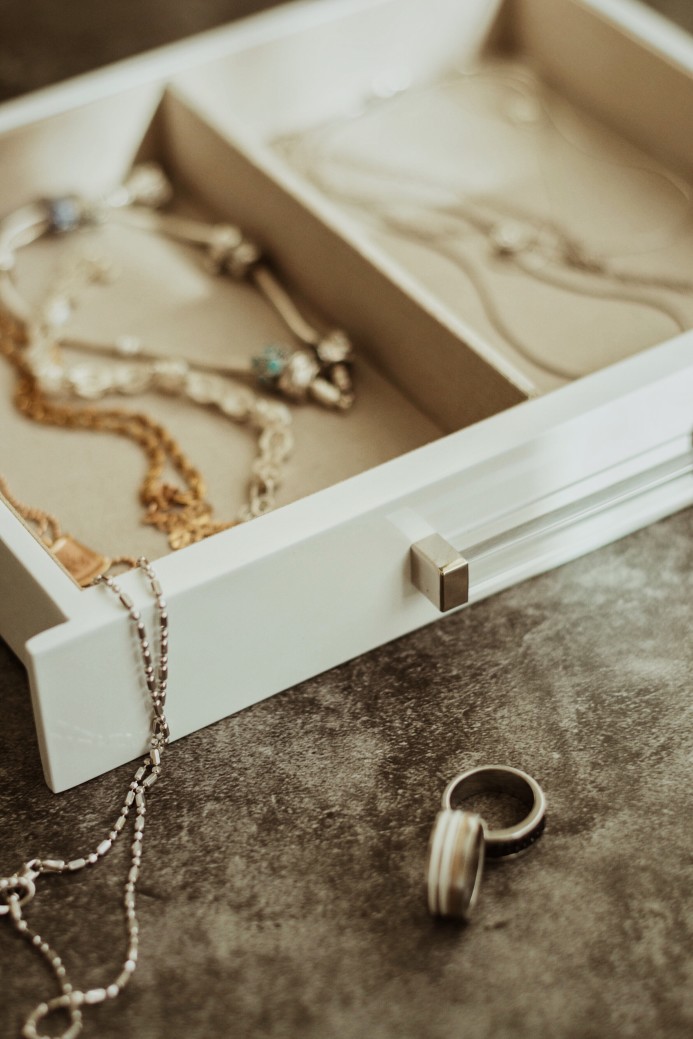
For items that are less tarnished or more sensitive, silver polish is not a bad idea. All you will need is a small amount of store-bought polish and a clean towel. Put the polish on the towel and wipe the item with smooth, vertical strokes. Get into a good rhythm of wiping and folding your cloth, making sure that you aren’t reapplying the tarnish you just worked so hard to remove. When you are satisfied with the result, rinse and dry the item with a clean towel. This process is easy and simple and great for items with minimal tarnish. We still don’t recommend this method for antique or sterling silver except as a last resort.
At this point, you may be saying to yourself, “Wow, I went through all the trouble of restoring this beautiful shine to my silver, now how do I keep it this way?” Unfortunately, it’s through routine cleaning. Similar to cast iron, anytime silver is exposed to the elements, protective maintenance is required. As we established before, silver reacts with sulfur in the air, but that’s not the only place it can encounter this element. Cleaning chemicals, treated surfaces, and water can cause silver harm. The best way to reduce wear is to keep track of when and where it is displayed or worn. If it is fine china, it should be stored away from surfaces that are regularly treated with cleaning agents. If it is jewelry, it should be removed before showering, swimming, or cleaning. When the time comes to store your silver, it is important to prepare it correctly. It can be worthwhile to invest in a professional cleaning cloth. Using it to dry your silver is a perfect send-off before you store your treasure in a cool dry place. Jewelry boxes can be sold with tarnish-resistant lining to house smaller items. If the item is going away for a more prolonged slumber, placing it inside a sealed bag will reduce the amount of air exposure and tarnishing. Items that can’t be bagged should be stored with chalk to protect against moisture in the air.
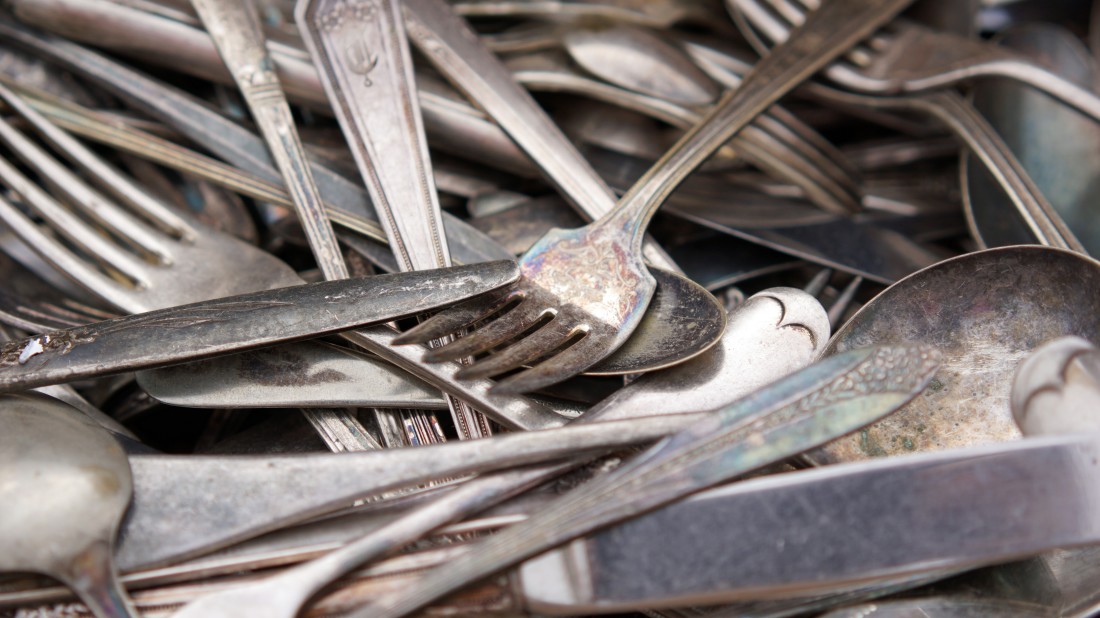
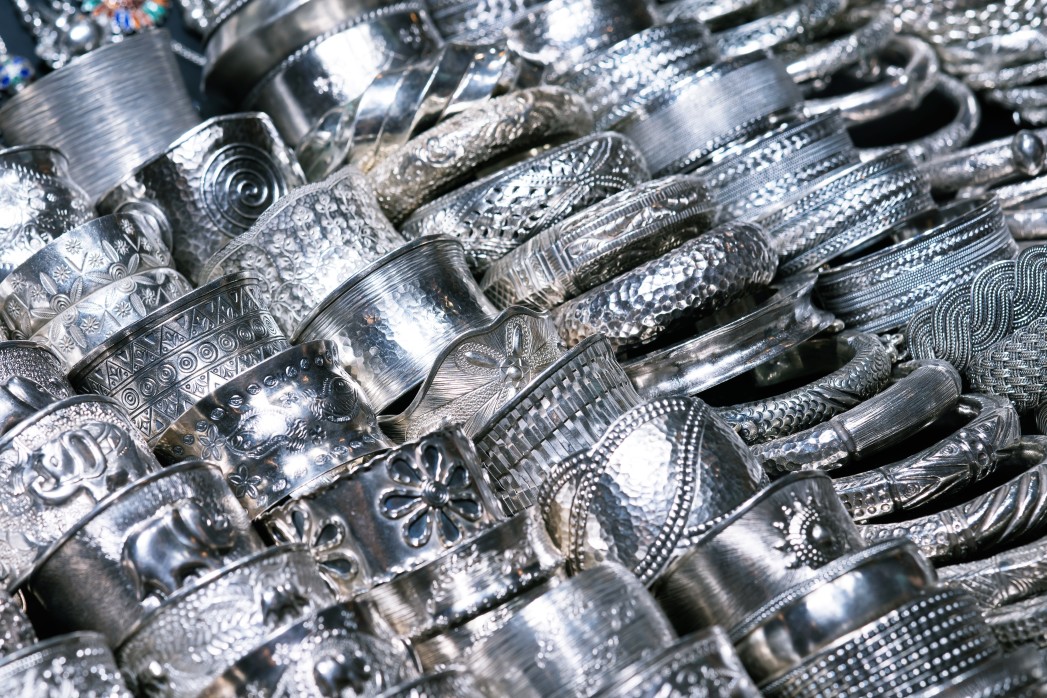
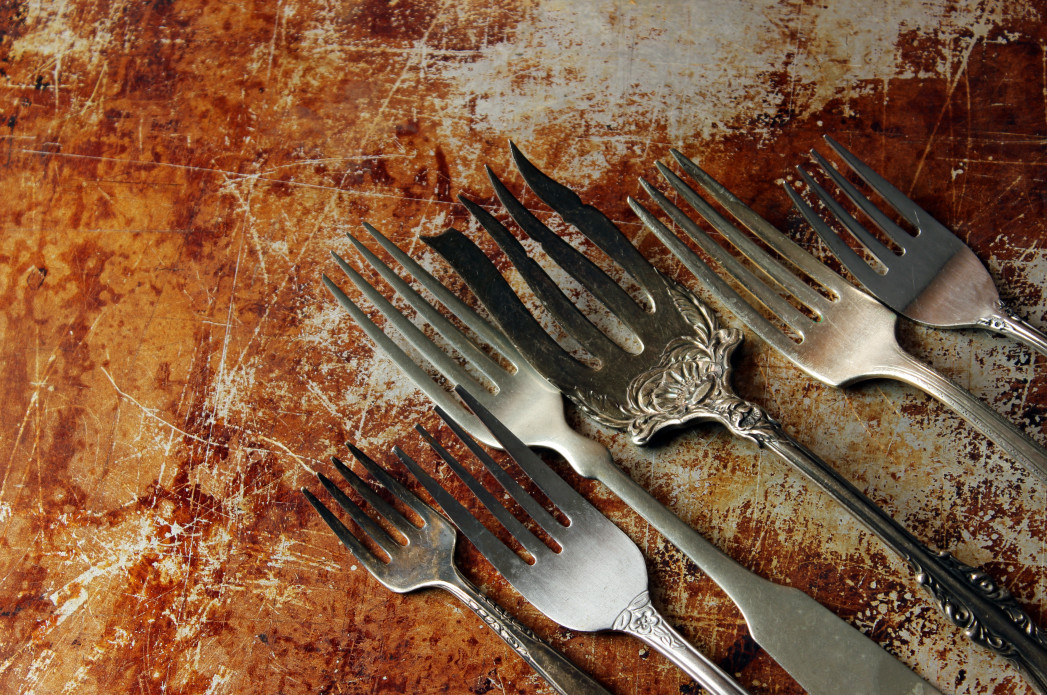
While these are some great ways to restore tarnished silver, every item is a little different. If you are looking to restore a family heirloom or a piece of fine jewelry, we would advise you to seek the counsel of professional jewelers to make sure you are taking the correct steps to preserve its sentimental and physical value.
